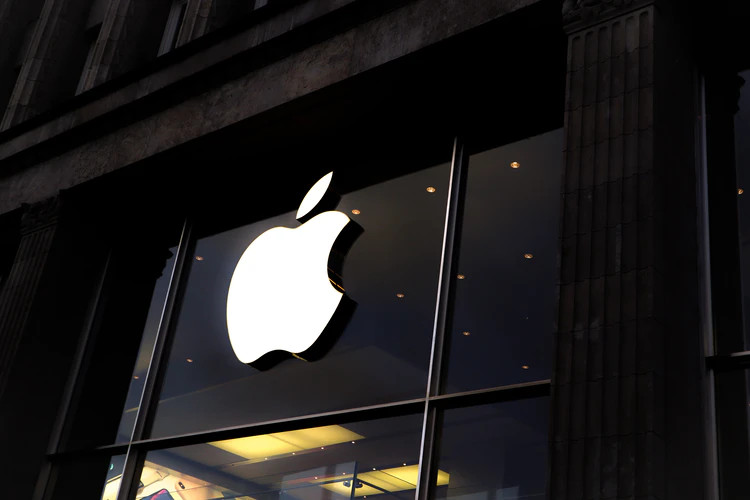 AI
AI
 AI
AI
 AI
AI
Apple Inc. recently acquired WaveOne Inc., a startup that develops video compression algorithms using artificial intelligence, according to a report today from TechCrunch.
Although Apple did not confirm the acquisition, WaveOne’s former head of sales and business development, Bob Stankosh, took to LinkedIn in February to announce the sale.
“After almost 2 years at WaveOne, last week we finalized the sale of the company to Apple,” Stankosh said. “We started our journey at WaveOne, realizing that machine learning/deep learning video technology could potentially change the world. Apple saw this potential and took the opportunity to add it to their technology portfolio.”
Founded in 2016, WaveOne sought to bring the power of AI to bear on compressing video for streaming over networks where it’s necessary to cut down the size of video streams in order to reduce latency for better viewing experiences.
Anyone who has ever watched video on the internet has suffered video compression in some form or another. It’s not always crisp and clear, because bandwidth is not always the best and higher-quality video requires larger amounts of data sent. Failing to send data in time can cause “buffering,” or pausing in a video stream. To prevent that, video codecs attempt to compress video frames as much as possible and that in turn can cause degradation in quality of what’s being sent.
Depending on the compression algorithm being used, lower quality or glitches can occur in the video, especially if there’s a great deal of motion or action happening on screen when bandwidth is low. The TV show or video may not suddenly pause for a few seconds for the stream to catch up and then start playing again, but it may become a little more blurry for a short time and viewers don’t like that – especially when they can’t clearly see faces or hands or what’s happening.
Using machine learning and AI, WaveOne wanted to change how compression worked on video streams by using content awareness to prioritize faces or action for clarity and let parts of the screen viewers probably ignore be blurry when compression needed to be cranked up. Not only would this save bandwidth, but it would reduce frustration.
According to TechCrunch, WaveOne claimed its approach could reduce the size of video files by up to half, and those gains were even better on more complex scenes.
The company also said that the technology is hardware-agnostic. That means it could run without the need for new chips to process the machine learning technology in data centers or consumer TVs and devices.
Even small amounts of gains in bandwidth can significantly improve viewer experience, especially because bandwidth is never perfect and nobody wants to have the viewing experience degraded or interrupted. On the enterprise side, better bandwidth efficiency can lead to cost savings over time for delivering the same content. Combined with greater customer satisfaction, Apple could deliver more vivid and clear content on its services for cheaper.
There are no details on how much Apple may have paid for the company or when the technology will be integrated into its services.
THANK YOU